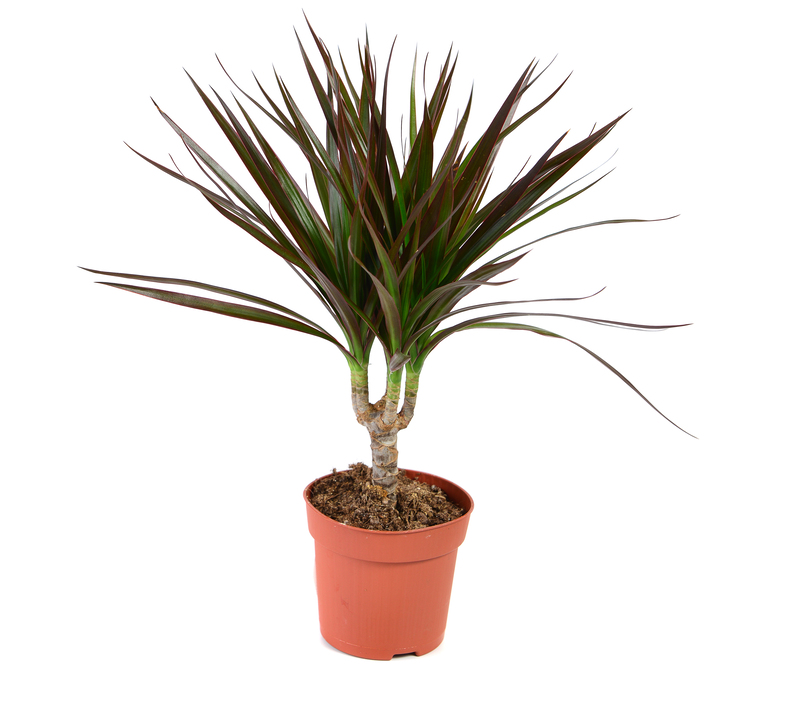The Ultimate Guide to Gardening with Poplar Trees
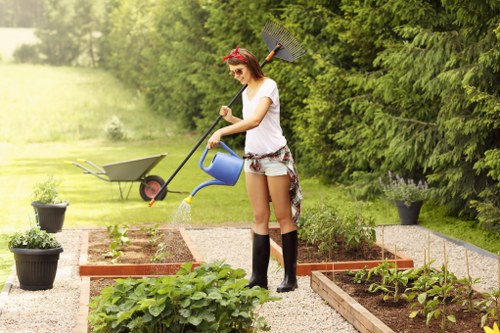
Poplar trees are a versatile addition to any garden, offering both aesthetic beauty and practical benefits. Gardening with poplar can enhance the landscape with their rapid growth and vibrant foliage. Whether you're aiming to create a natural privacy screen or simply add a touch of greenery, poplar trees are an excellent choice.
One of the key advantages of planting poplars in your garden is their fast growth rate. Poplars can reach impressive heights in just a few years, providing quick shade and structure to your outdoor space. Additionally, their leaves change color with the seasons, adding dynamic visual interest throughout the year.
There are various species of poplar trees to consider for your garden. From the graceful Lombardy poplar to the hardy weeping poplar, each type offers unique characteristics that can complement different garden styles and climates. Understanding the specific needs of each species is essential for successful poplar gardening.
Maintaining poplar trees involves regular pruning and proper watering practices. While poplars are generally low-maintenance, ensuring they receive adequate water during dry periods and pruning to remove any dead or diseased branches will promote healthy growth. Mulching around the base of the tree can also help retain moisture and suppress weeds.
Incorporating poplar trees into your garden design can also provide ecological benefits. Poplars are known for their ability to absorb pollutants and improve air quality, making them a valuable addition to urban gardens. Their extensive root systems can help prevent soil erosion, particularly in areas prone to heavy rainfall.
Furthermore, poplar trees support local wildlife by offering habitat and food sources for various birds and insects. Planting poplars can thus contribute to biodiversity in your garden, creating a lively and sustainable environment.
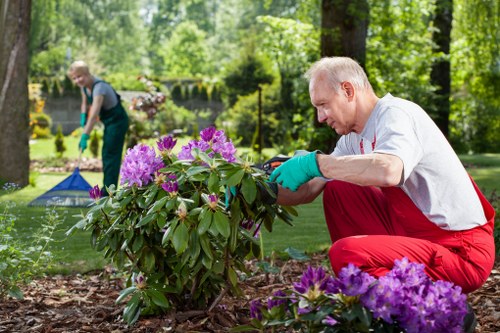
The aesthetic appeal of poplars cannot be overstated. Their slender trunks and lofty branches create a striking silhouette against the sky, making them a focal point in any garden setting. Additionally, the rustling of their leaves in the wind adds a soothing auditory element to your outdoor space.
Poplar trees also offer practical uses beyond their beauty. The wood from poplars is lightweight and easy to work with, making it suitable for various DIY projects and crafts. From garden furniture to decorative elements, the possibilities are endless when utilizing poplar wood.
When selecting poplar trees for your garden, consider factors such as soil type, sunlight exposure, and space availability. Poplars thrive in well-drained soils and can adapt to a range of light conditions, from full sun to partial shade. However, they require ample space to accommodate their expansive root systems and tall growth.
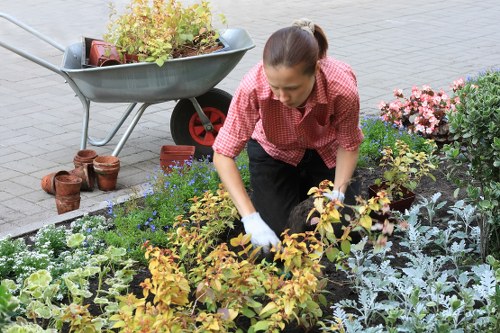
Incorporating different varieties of poplar can add diversity and texture to your garden. For instance, the eastern cottonwood poplar features broad leaves and a sturdy trunk, while the black poplar is known for its dramatic, dark foliage. Mixing these varieties can create a visually appealing and dynamic garden landscape.
Seasonal changes bring unique transformations to poplar trees. In spring, new leaves emerge, signaling the beginning of the growing season. Summer offers lush, dense foliage that provides ample shade, while autumn showcases a vibrant display of colors as the leaves change. Even in winter, the bare branches of poplars can create a striking winterscape.
Ultimately, gardening with poplar trees offers a multitude of benefits, from enhancing the visual appeal of your garden to providing ecological advantages. With proper planning and care, poplars can be a long-lasting and rewarding addition to your outdoor space.

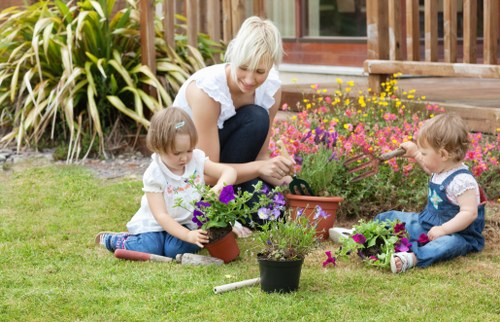 Selecting the right poplar variety is crucial for ensuring its success in your garden. Consider consulting with local nurseries or gardening experts to determine which species are best suited to your regional climate and soil conditions. Additionally, understanding the growth habits and requirements of each poplar type will help you make informed decisions for your garden layout.
Selecting the right poplar variety is crucial for ensuring its success in your garden. Consider consulting with local nurseries or gardening experts to determine which species are best suited to your regional climate and soil conditions. Additionally, understanding the growth habits and requirements of each poplar type will help you make informed decisions for your garden layout.
Incorporating poplar trees into your garden design not only enhances beauty but also contributes to a healthier and more sustainable environment. Their rapid growth, adaptability, and ecological benefits make poplars an excellent choice for both novice and experienced gardeners alike.
Embrace the charm and functionality of poplar trees in your garden, and enjoy the numerous advantages they bring to your outdoor living space.
